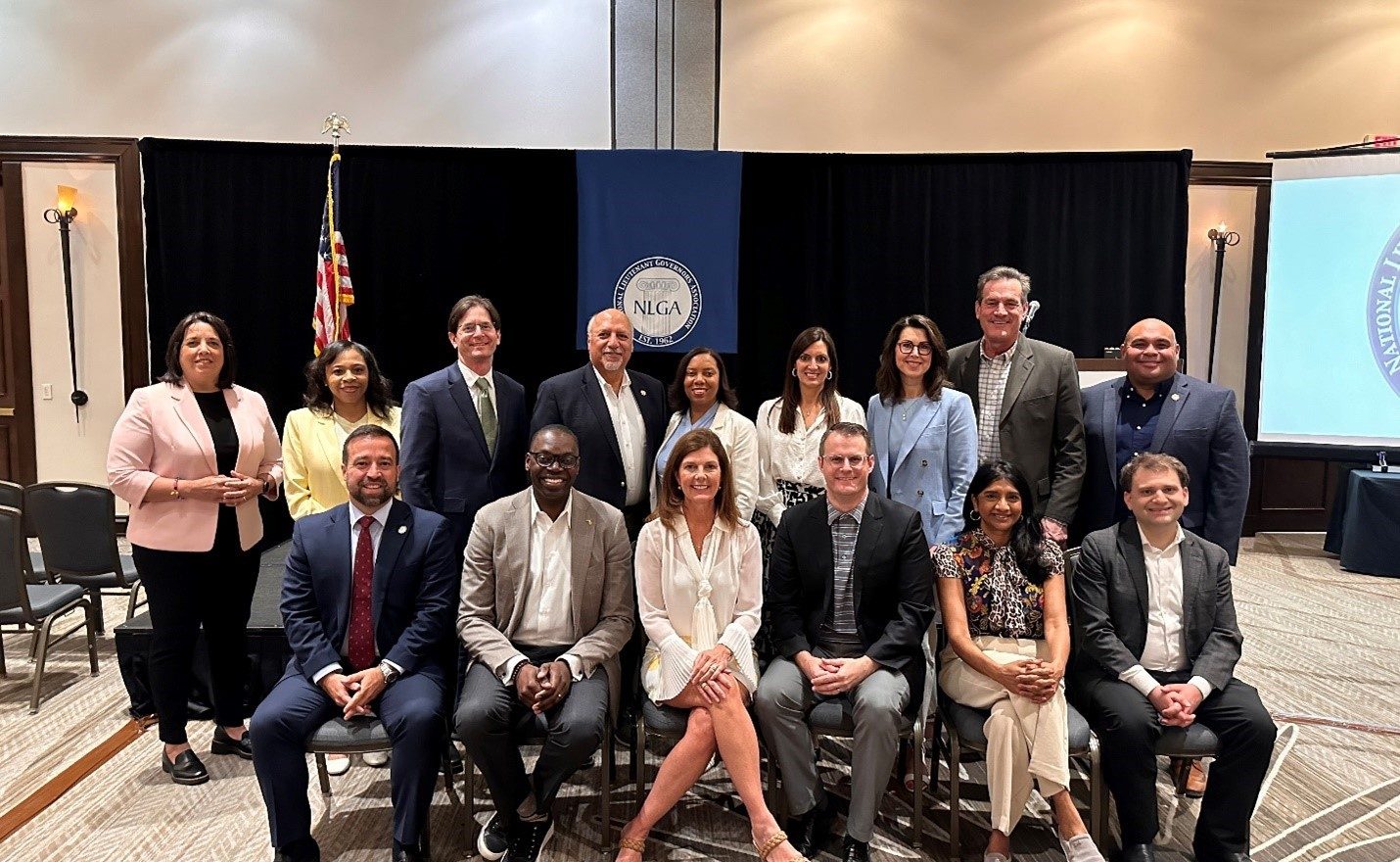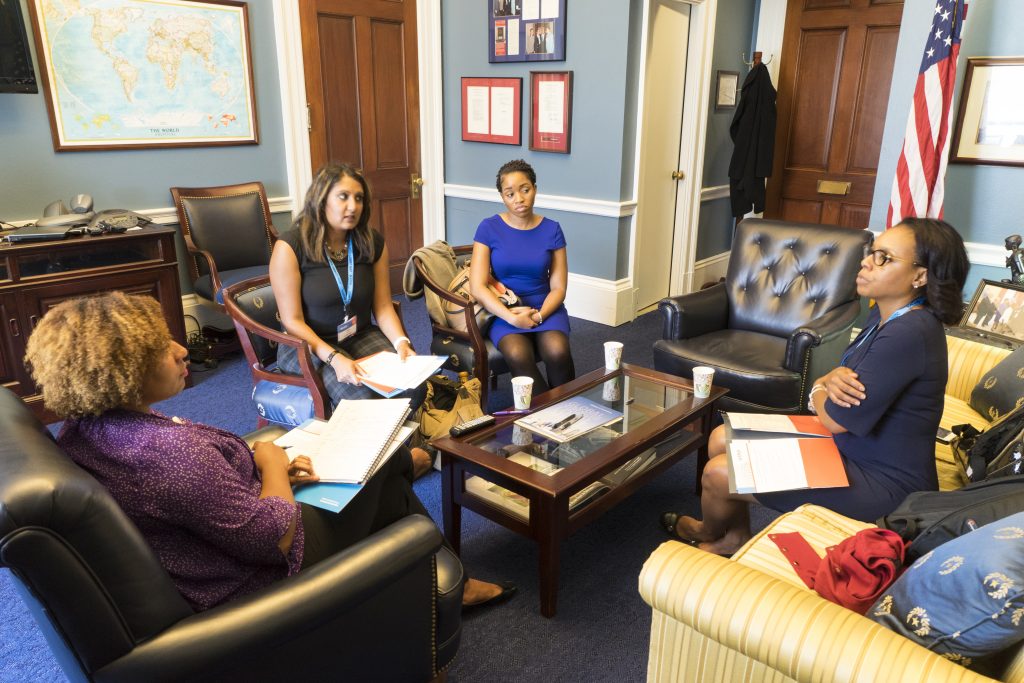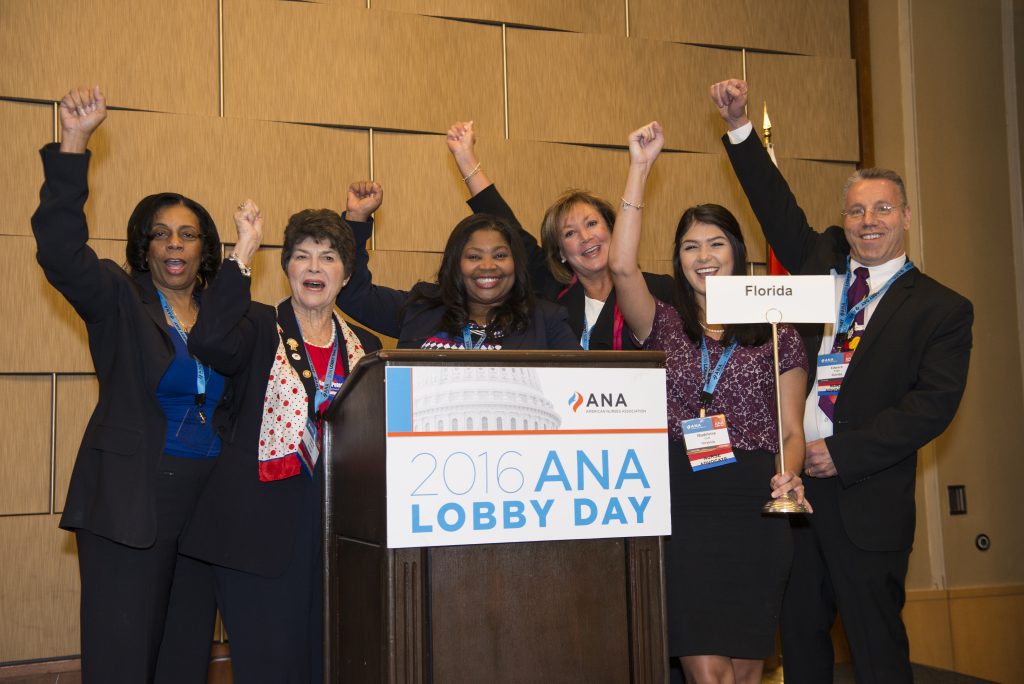As workplace violence (WPV) in health care continues to rise, nurses cannot wait for solutions. Last year, the Occupational Safety and Health Administration (OSHA) finally started work on a WPV prevention standard. According to OSHA’s own data, health care and social assistance workers now face six times the risk of WPV than all other industries. This is an increase from 2018 data which showed a risk of five times that of other industries.
Yet it has been over a year and no further progress has been made.
To urge action from the agency, ANA led a sign-on letter to OSHA from nearly 60 nursing organizations across the country last month. Acting Secretary of Labor Julie Su was questioned about the lack of progress on this standard in a Congressional hearing on May 1st of the Committee on Education and the Workforce.
During the hearing, Rep. Joe Courtney, champion of the Workplace Violence Prevention for Health Care and Social Service Workers Act, underlined the importance of the standard’s quick release by highlighting the murder of nurse Joyce Grayson late last year. Joyce Grayson was a home health nurse killed by her patient despite many previous warnings to her employer that the patient was aggressive and dangerous. While OSHA did expedite an investigation into this case, and has cited the employer for failing to protect their employees from known hazards, it comes too late for Joyce Grayson.
Nurses need and deserve a safe workplace. This requires robust evidence-based prevention programs nurses can rely on, no matter where they work. We are extremely disappointed that OSHA continues to deprioritize this live-saving standard and will not stop advocating for nurses’ safety and for OSHA to do its job.
In addition to the regulatory work, ANA kept up the pressure and conversation on a state level through collaboration with the National Lieutenant Governor’s Association (NLGA). The NLGA represents the elected officials first in the line of succession to the governors in all 50 states and five U.S. territories. The bipartisan organization’s mission is to promote interstate cooperation and knowledge sharing as well as improve the efficiency of the office of lieutenant governor.
At the April 2024 NLGA meeting hosted by Lieutenant Governor (LG) Pamela Evette, the Executive Committee and other attending LGs unanimously approved our Consensus Resolution (updated 7/19/24) on Workplace Violence Prevention in Health Care. The resolution acknowledges the severe nature of workplace violence in health care, urging members to recognize and support programs aimed at mitigating the issues.
The consensus resolution demonstrates ANA’s commitment to addressing workplace violence through state and national advocacy and, supporting the implementation of comprehensive prevention strategies. This continued effort is vital to ensure the safety and well-being of nurses and other health care professionals.

You can urge your federal legislators to support the Workplace Violence Prevention for Health Care and Social Services Workers Act through our Action Center. You can also sign up for alerts on all our campaigns at RN Action and stay tuned for more work on this issue at every level of government.


